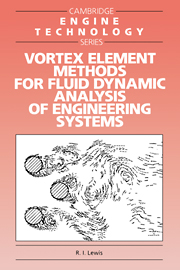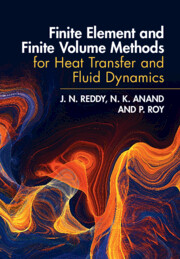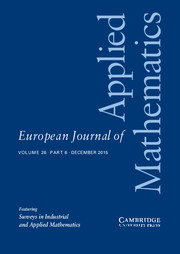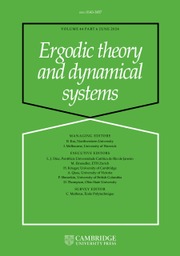Vortex Element Methods for Fluid Dynamic Analysis of Engineering Systems
Panel methods employing surface distributions of source and vortex singularities based on the solution of boundary integral equations have been extensively used for modeling external and internal aerodynamic flows. Part 1 describes the surface vorticity method and illustrates applications of this technique over a wide range of engineering problems in aerodynamics and turbomachines, including lifting aerofoils and cascades, mixed-flow and rotating cascades for fans, pumps or turbines, meridional flows in turbomachines, flow past axisymmetric bodies, ducts and ducted propellers or fans. Part 2 extends surface vorticity modeling to the fairly new CFM field of vortex dynamics or vortex cloud theory. Methods are developed, again from first principles, to deal with shear layers, boundary layers, periodic wakes, bluff-body flows, cascades and aerofoils including the use of stall control spoilers. A number of useful computer programs are included.
Product details
July 2005Paperback
9780521017541
592 pages
229 × 153 × 33 mm
0.905kg
Available
Table of Contents
- Part I. The Surface Vorticity Boundary Integral Method of Fluid Flow Analysis:
- 1. The basis of surface singularity modelling
- 2. Lifting bodies, two-dimensional aerofoils and cascades
- 3. Mixed-flow and radial cascades
- 4. Bodies of revolution, ducts and annuli
- 5. Ducted propellers and fans
- 6. Three-dimensional and meridional flows in turbo-machines
- 7. Free vorticity shear layers and inverse methods
- Part II. Vortex Dynamics and Vortex Cloud Analysis:
- 8. Vortex dynamics in inviscid flows
- 9. Simulation of viscous diffusion in discrete vortex modelling
- 10. Vortex cloud modelling by the boundary integral method
- 11. Further development and applications of vortex cloud modelling to lifting bodies and cascades
- 12. Use of grid systems in vortex dynamics and meridional flows
- Appendix.








